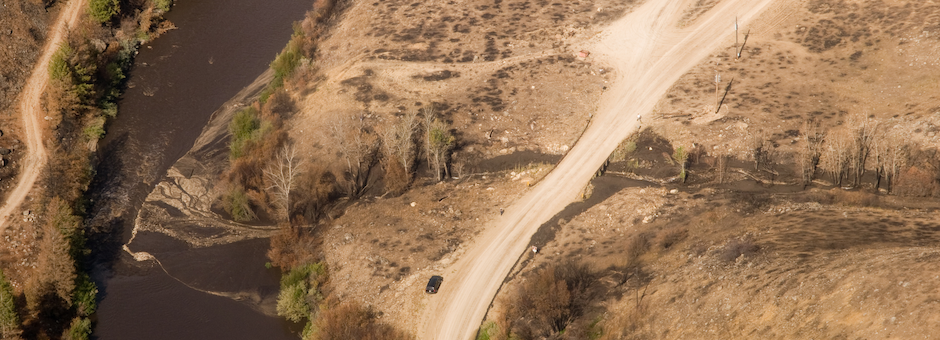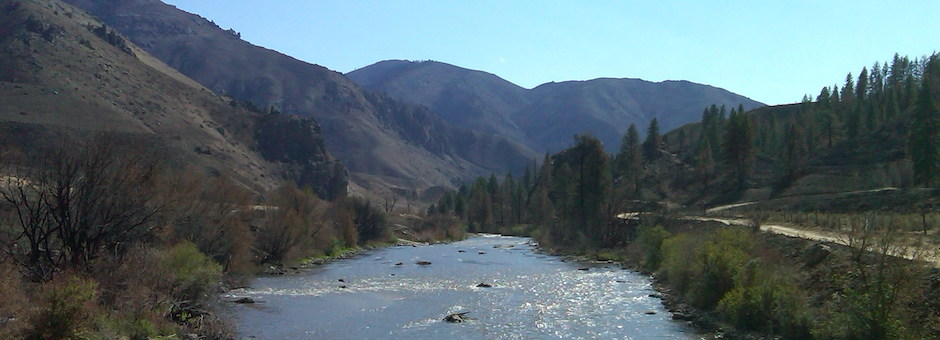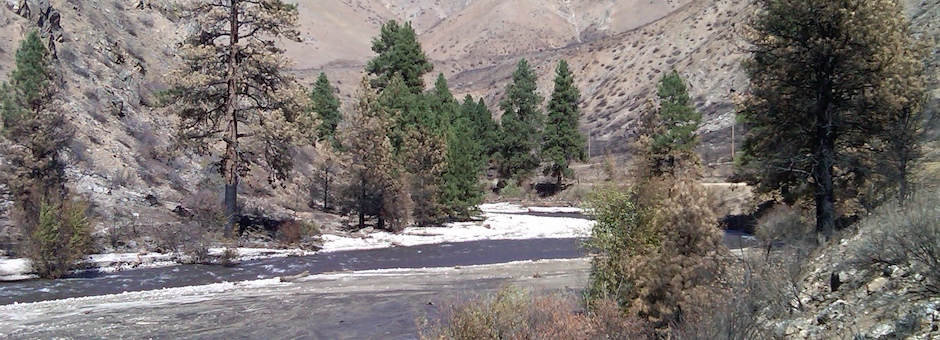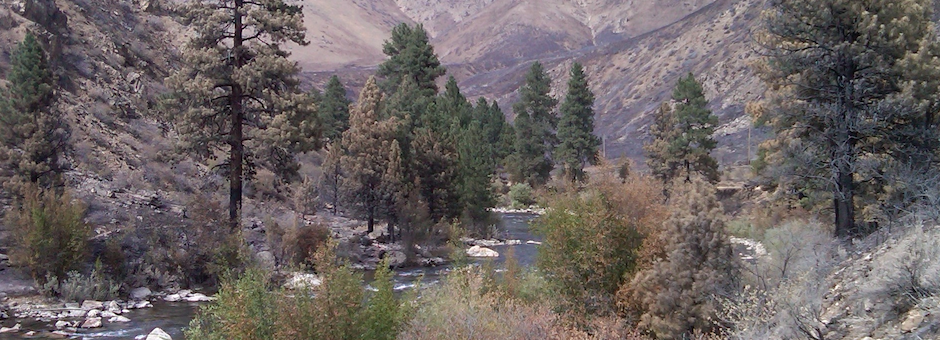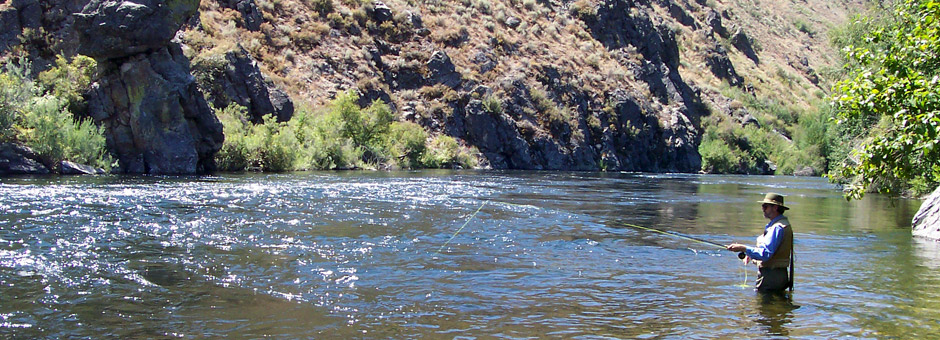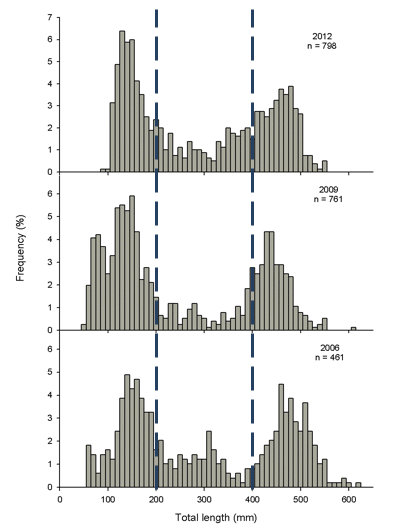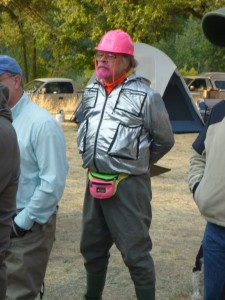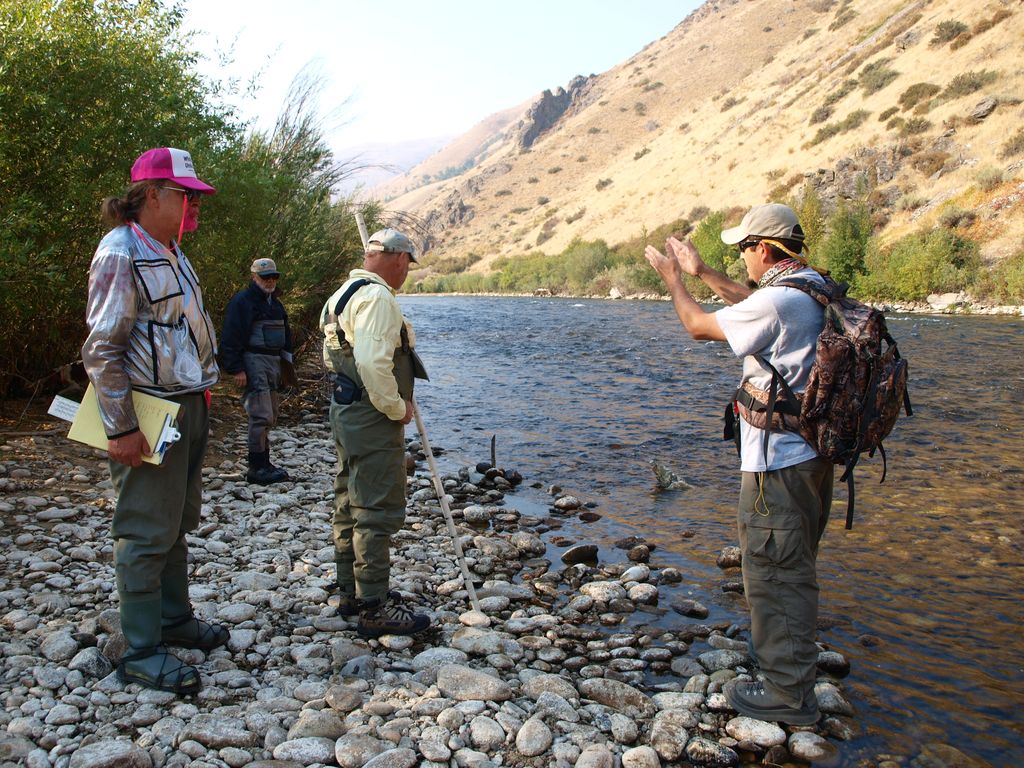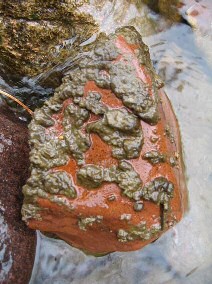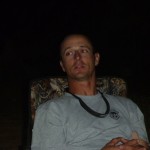
Joe Kozfkay, Idaho Fish and Game Southwest Regional Fisheries Manager.
The Wednesday, January 9, 2013 Ted Trueblood Chapter of Trout Unlimited meeting will feature Joe Kozfkay, the Southwest Regional Fisheries Manager for the Idaho Department of Fish and Game.
Joe Kozfkay will introduce himself at the meeting, and provide a brief discussion of past monitoring efforts on the South Fork of the Boise River, presenting results from 2012 population estimating efforts, and lastly will be available to discuss other IDFG programs and activities.
Population monitoring is a key component of fisheries management. A variety of techniques may be used to gauge population status and trends for salmonids in mid- to large-size rivers.

IDFG crew doing the South Fork Boise River population survey electrofishing in October 2009 — photo by Whitefish Ed
In the South Fork of the Boise River (SFBR) downstream of Anderson Ranch Dam, IDFG employees utilize canoe electrofishing on a tri-annual basis to monitor trout and whitefish populations. Population assessments were completed in mid-October 2012.
The Ted Trueblood Chapter meeting will be at the MK Nature Center, behind the IDFG Headquarters Office, 600 South Walnut. Fly tying starts at 6:30 pm with the regular meeting/program beginning at 7:30. Hope to see you there.
